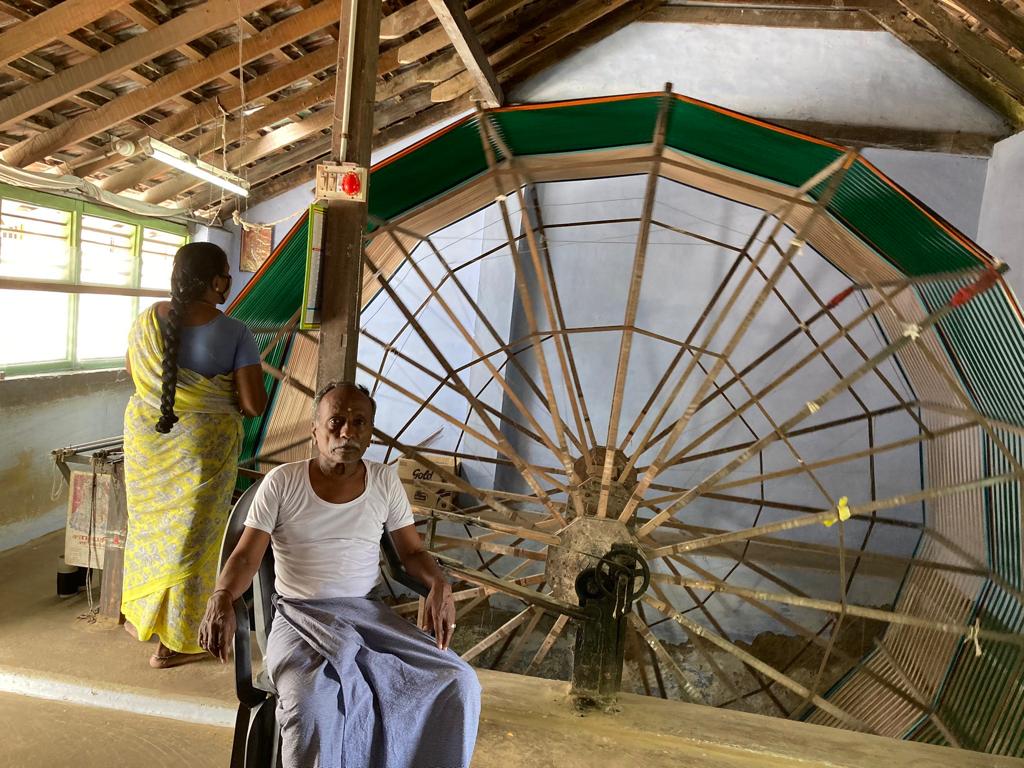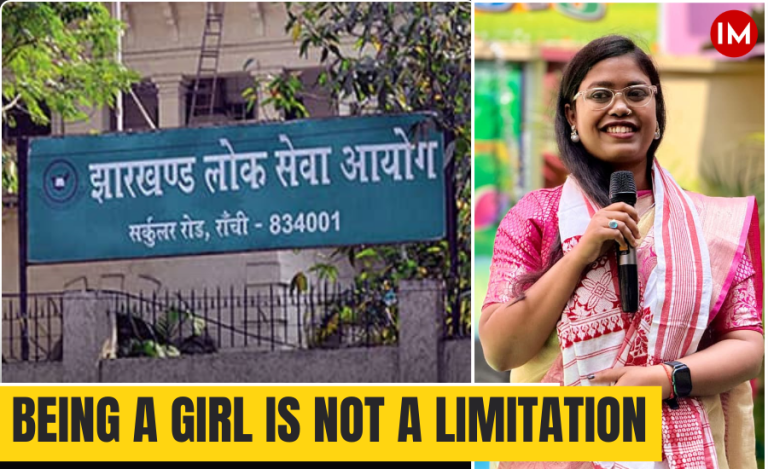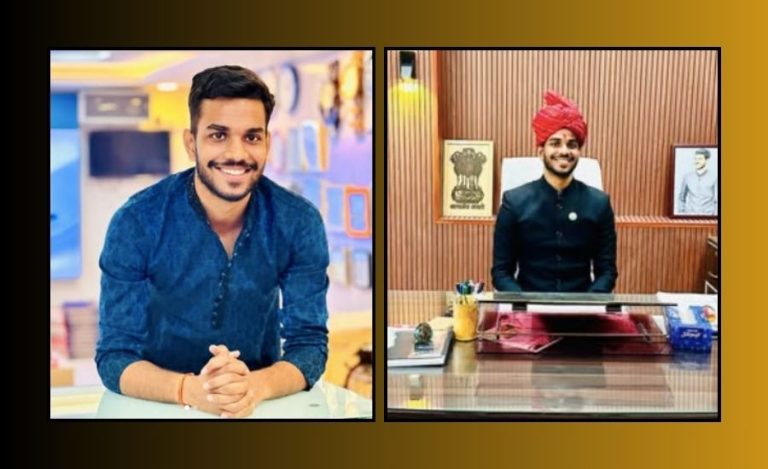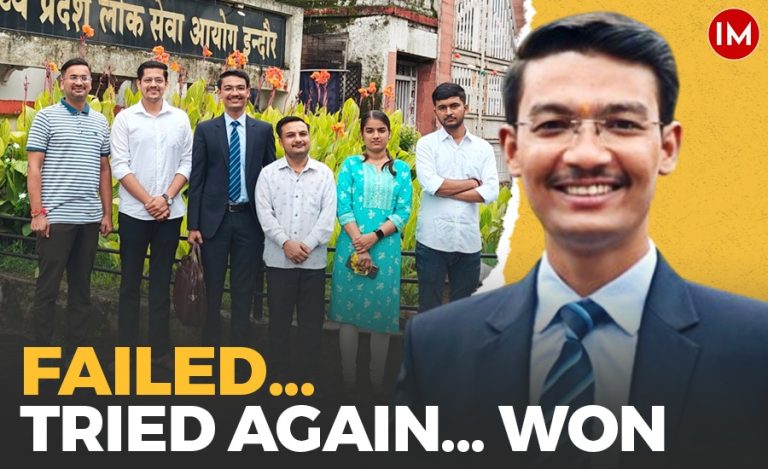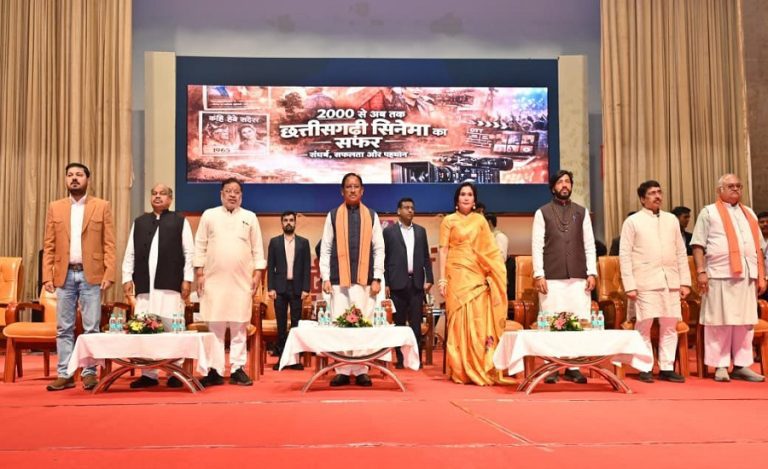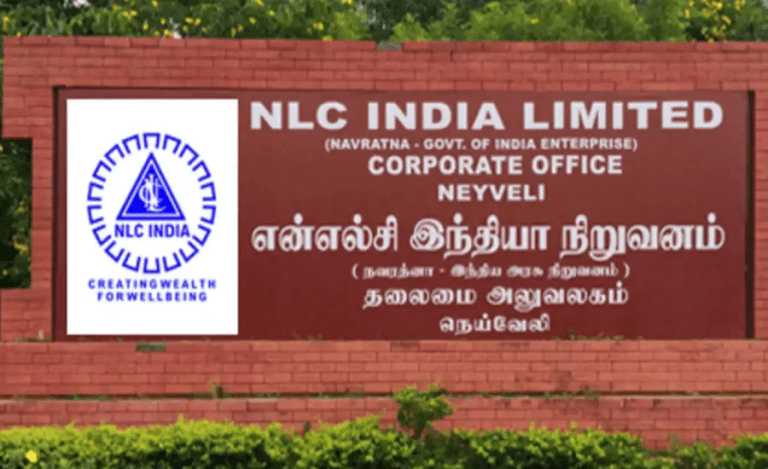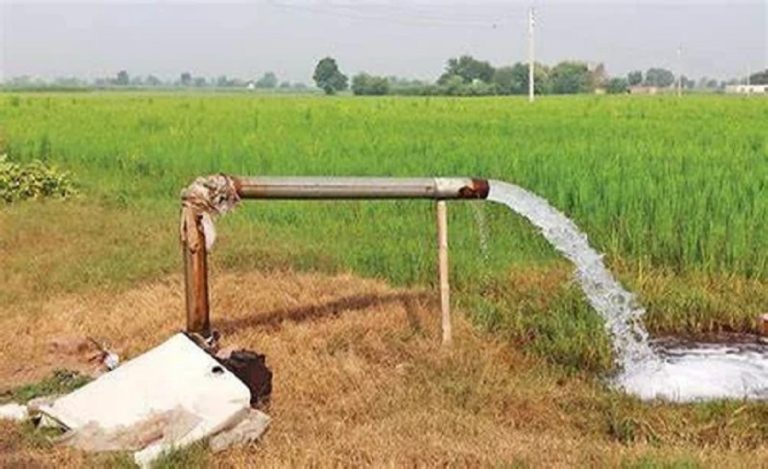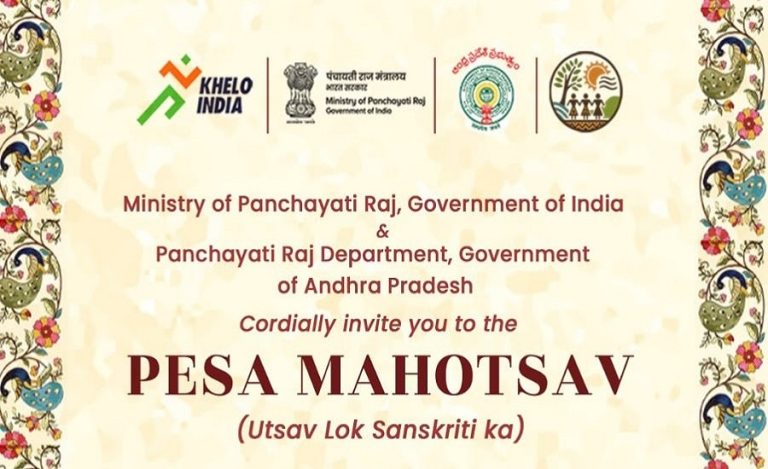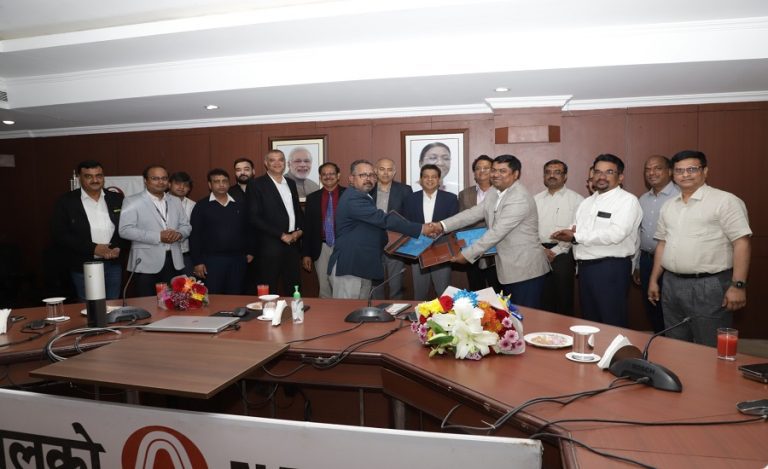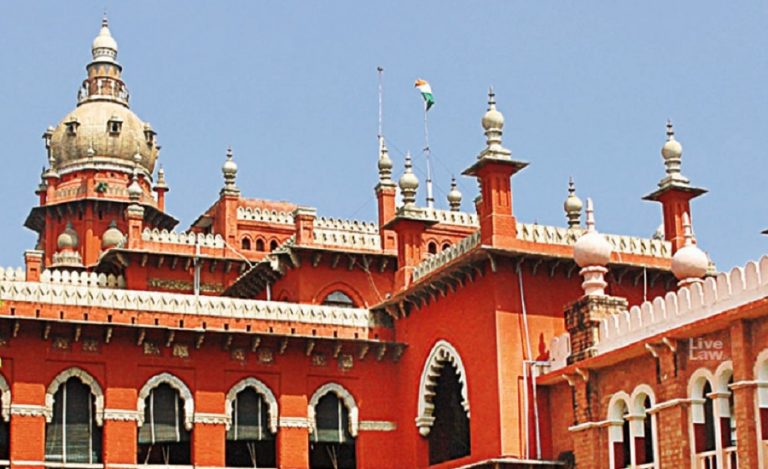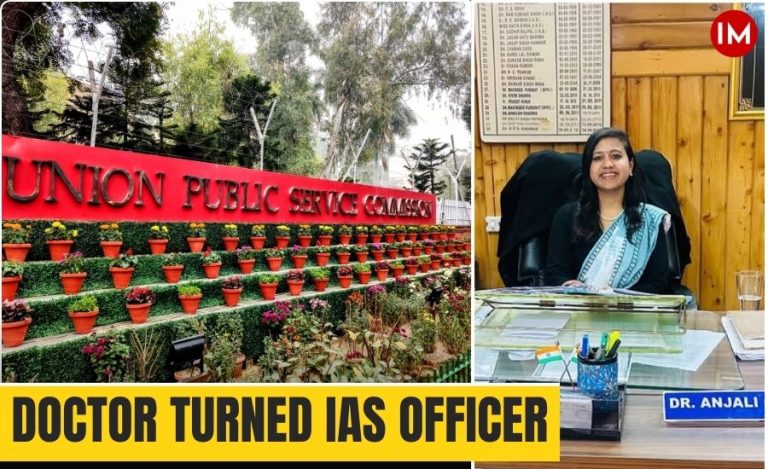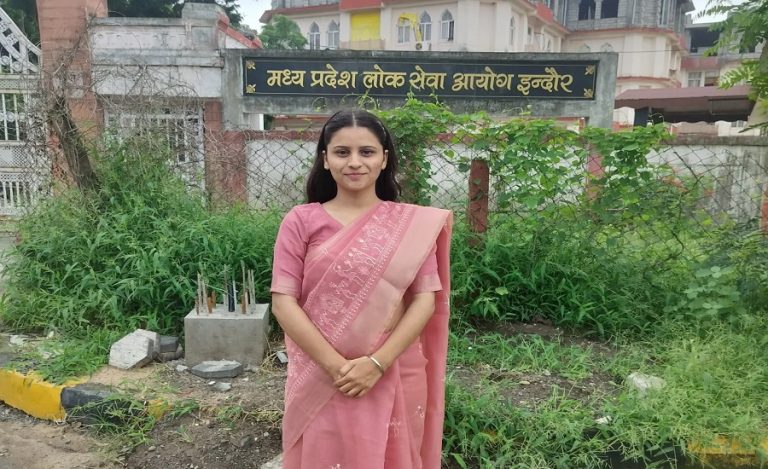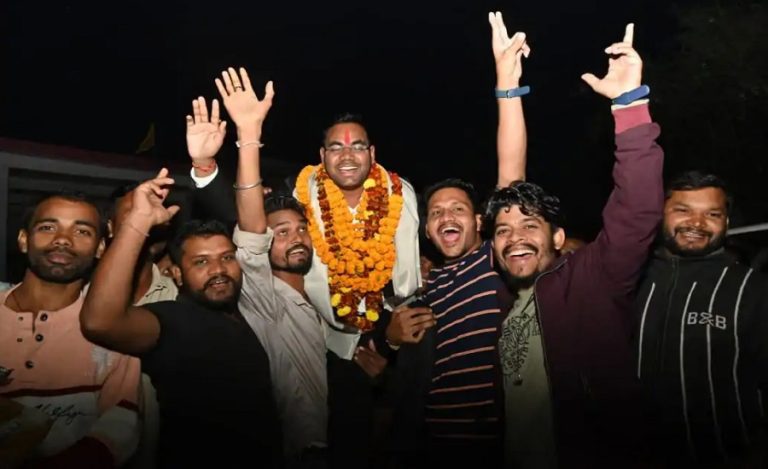Negamam in Pollachi region of Tamil Nadu is famous for its pure cotton sarees but over time the art of weaving this particular handloom lost its significance thus never reaching the popularity it deserves.
Now as India shines with the new global fashion identity for a first-of-its-kind, multi-disciplinary cultural space in the sphere of arts, another IAS warrior digs her heels deep to return to the forgotten weavers of the South their lost identity as she prepared to add further value with GI tags to make them more recognizable and profitable at a mega scale.
The Negamam sarees go a long way back in time as their reference are found made by the Britisher colonisers before 1947.

These cotton sarees are a popular variety from the city of Coimbatore. They are notable for their vibrant colours with traditional motifs such as peacocks, elephants, parrots, and paisleys. The narrow borders with striped or checked body add subtle elegance to the hand-woven drapes that have small smart tassels hanging around the borders.
To bring this art back to life and also uplift the lives of the weaving community of Devanga Chettiar, young IAS officer Saranya Ramachandran, when posted as Assistant Collector of Coimbatore, initiated the process of procuring its Geographical Indication (GI) tag.
LOVE FOR SAREE
Ms. Saranya while speaking to Indian Masterminds, said: “At first after talking to these people, I found that nobody knew the real value of their very own product. That’s when I started digging and getting more facts as getting a GI tag requires a historic context.”
These 100 percent pure cotton saree are known for their thickness, length, contrasting colours, and durability. The thickness of the saree ranges from 86 to 90 picks per inch (PPI) which makes it more special.

“This is basically achieved as referred by the Britishers that this region has specifically very high relative humidity mostly in monsoon or around it,” the officer explained.
Moisture-laden wind from the Western Ghats adds up to the unique feature of the Negamam saree as the peak time for manufacturing this saree is from June to November.
The new Negamam sarees have multicoloured threadwork of motifs, checks, and designs. The border is woven with a rich threadwork design as an extra weft.
AN EMOTIONAL BOND
Mr. Manohar, an old weaver in Pollachi region of Coimbatore, tore an old Negamam saree made him out of distress after his wife died. The saree was old but was never used. “It is for people like Manohar, who have worked throughout their lives but never recognised. The GI tag will change all that,” said the officer.
Ms. Saranya during her posting was already looking for a product from the region that could be highlighted globally. Despite her keen interest in handloom and the art form of weaving, she initially searched for some agricultural products like coconut and coir.

Then luckily for the weavers she somehow landed in Negamam village where she found out that most of the people there were involved in weaving sarees and have a pick loom in each of their households.
Ms. Saranya said, “After looking at the old books and gazettes, we found some interesting facts. One Nataraj district gazette written by BS Baliga in 1996 said, “There are cheap centre of producing these sarees in Negamam.”
While in the Census of India book of 1961, the district sent this hand book of Coimbatore which says, “The bulk of weavers belong to the traditional communities of Devanga.”
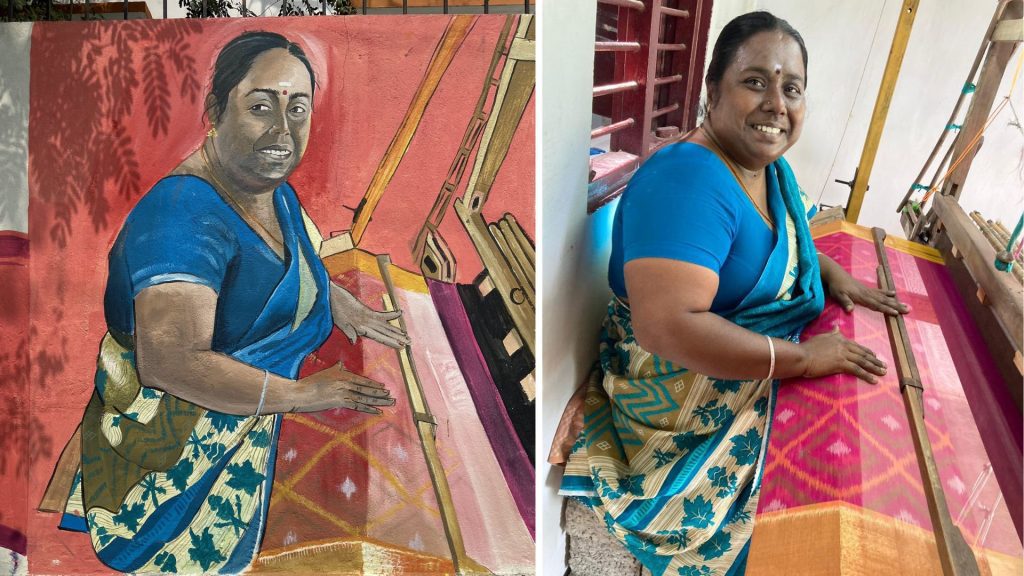
Many other oral evidences were also gathered by the officer and the handloom team as they checked out old sarees which were woven 40-50 years ago.
A GLOBAL ID
The Negamam sarees have now gone through the process of documentation which required details from history, and have applied for the GI registry. After a lot of scrutiny and clarifications, the team has undergone the final presentation and interview with an expert panel.
With cooperatives also vouching for the history of the product and no objection raised by March 31, 2023, the Negamam cotton saree is all set to get the GI tag soon.
Ms. Saranya said, “This will not only help the weavers economically but also in increasing the credibility and sustaining the art. After getting documented it can never be destroyed and such recognition was never made so extensively by anyone.”

